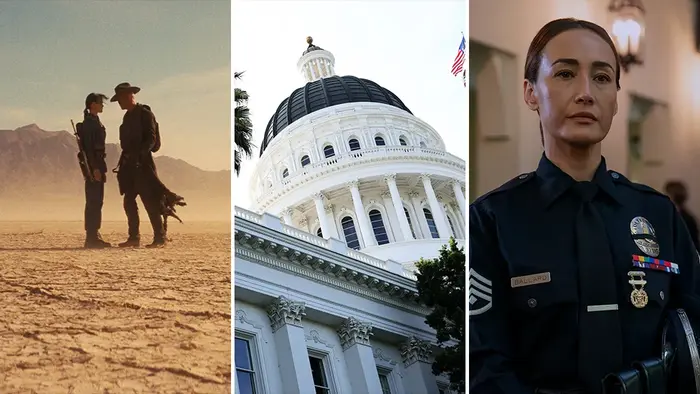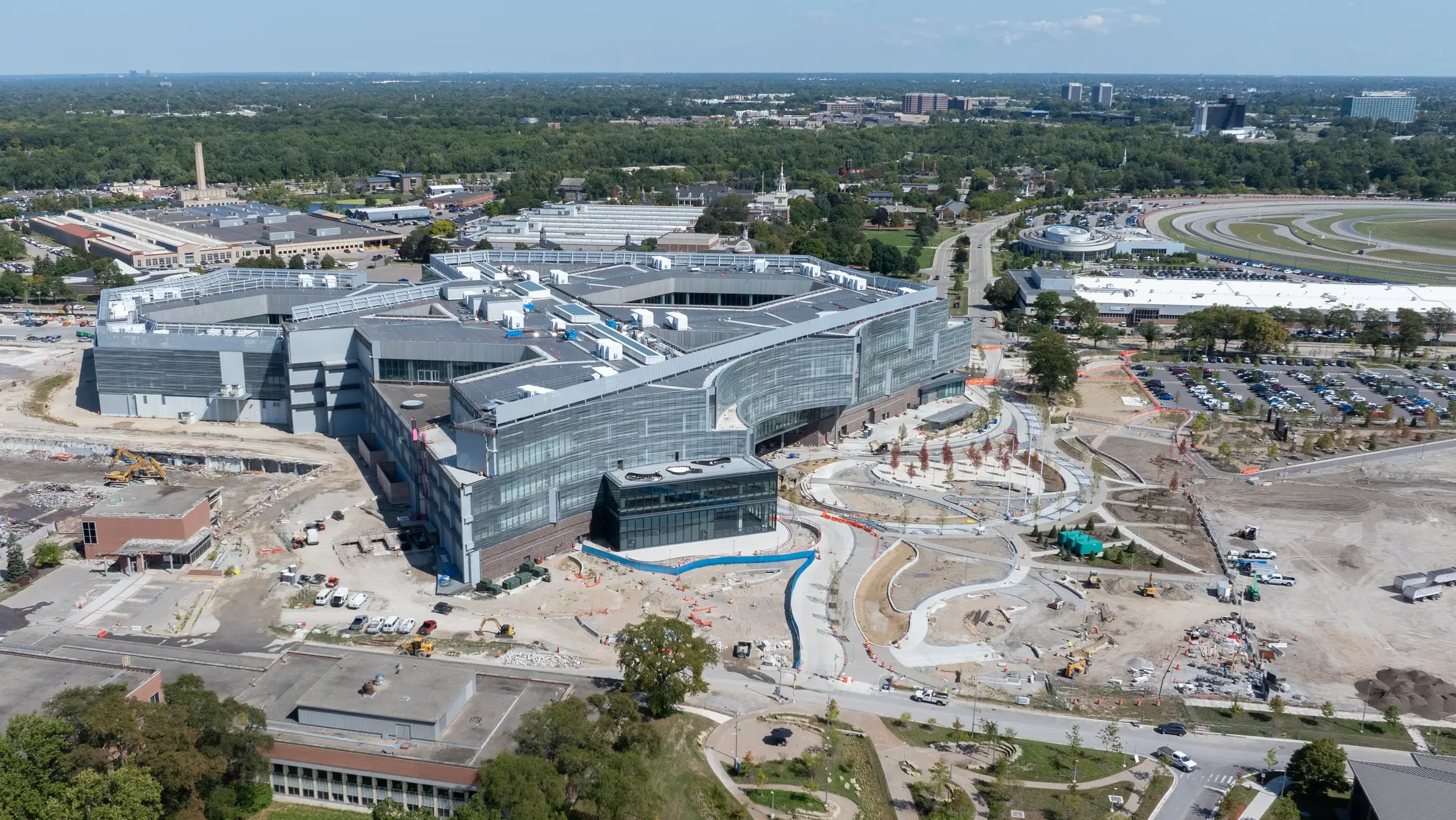T4K3.news
California expands TV tax credits to revitalize production
State approves 250M plus incentives across 22 series as unions unite for broader reforms and new eligibility rules.

California expands TV tax credits and unites unions to revive production across the state.
California Reignites Hollywood with Broad Tax Credit Reforms
California's Film and TV Tax Credit Program 4.0 expands eligibility and boosts incentives as lawmakers seek to revive production after years of upheaval. The plan raises annual funding to 750 million dollars and increases the credit offered in Los Angeles from 20 percent to 35 percent, with the possibility of more when economic opportunities justify it. It also broadens qualified projects to include series with episodes averaging 20 minutes, animation and large scale competition shows, while mandating that a show return to production within 18 months to keep funding flowing.
First round approvals under the new rules total more than 250 million in incentives for 22 series returning, relocating or launching in California, including the NFL drama by Dan Fogelman that received 42 million. The Entertainment Union Coalition reports applications jumped up to 400 percent from earlier rounds as unions present a united front to lawmakers. Projects like Fallout Season 2 relocated to California, a sign that the reform push is already moving work home. The coalition notes that above the line costs and commercials remain outside the program, a choice born from a tight budget and a need to protect broad job creation across the state. A key safeguard is the 18 month return requirement, designed to keep the money flowing to new projects.
Key Takeaways
"The increase in applications sends a clear signal that the enhancements we made to the program are resonating across the industry"
Colleen Bell on momentum and impact
"There’s no doubt about it that we all had to work together to get this done"
Rebecca Rhine on coalition effort
"If we can have a substantive conversation, if we can get people to put aside a partisan lens and just talk about jobs for many Americans"
Rhine on bipartisanship and impact
"This is about a quintessential American industry and keeping it in America"
Rhine on national significance
Editorially, the move signals a pragmatic shift: California treats film and TV work as a steady economic anchor rather than a budget line item to be trimmed. By uniting unions and lawmakers, the state has turned a budget squeeze into a shared mission and created a more flexible playbook for the industry across regions. Yet the path is fragile. Excluding above the line costs means major studios must still weigh off the California promise against national and global incentives. Excluding commercials narrows the field even as the state tries to maximize local hiring. The bigger test is political: will steady funding survive changing budgets and elections, or will a future veto erase gains made this year?
If California can sustain bipartisan support and a predictable funding cadence, the reforms could reshape where productions are imagined and filmed. The focus on statewide job creation over a bi coastal bias is promising, but it requires ongoing monitoring to ensure the benefits reach workers outside Los Angeles and long term planning keeps pace with a volatile industry landscape.
Highlights
- Tax credits that turn sets into real jobs
- Unions speak with one voice and the lights come back on
- A bipartisan push for jobs across the state
- Productions staying home means families keep working
Budget and political risk ahead for film incentives
The program depends on ongoing state funding in a tight budget climate. Future changes in political priorities or economic conditions could affect annual allocations, credits, or eligibility rules, potentially slowing or reversing gains in statewide production activity.
California has set a model where policy and production work in tandem, but the real test lies in keeping the pipeline full amid political and budget pressures.
Enjoyed this? Let your friends know!
Related News

California expands film tax credits

Wiig and Hill lead Cut Off at Warner Bros

Kristen Wiig Joins Jonah Hill in Cut Off for Warner Bros

Tesla Starts Production of Affordable Model for 2025 Launch

Voight pushes federal film incentive to revive Hollywood

Meghan's e-commerce venture shows diminishing returns

Cliff Booth sequel heads to Fincher

Nexstar and TEGNA announce $6.2 billion deal
